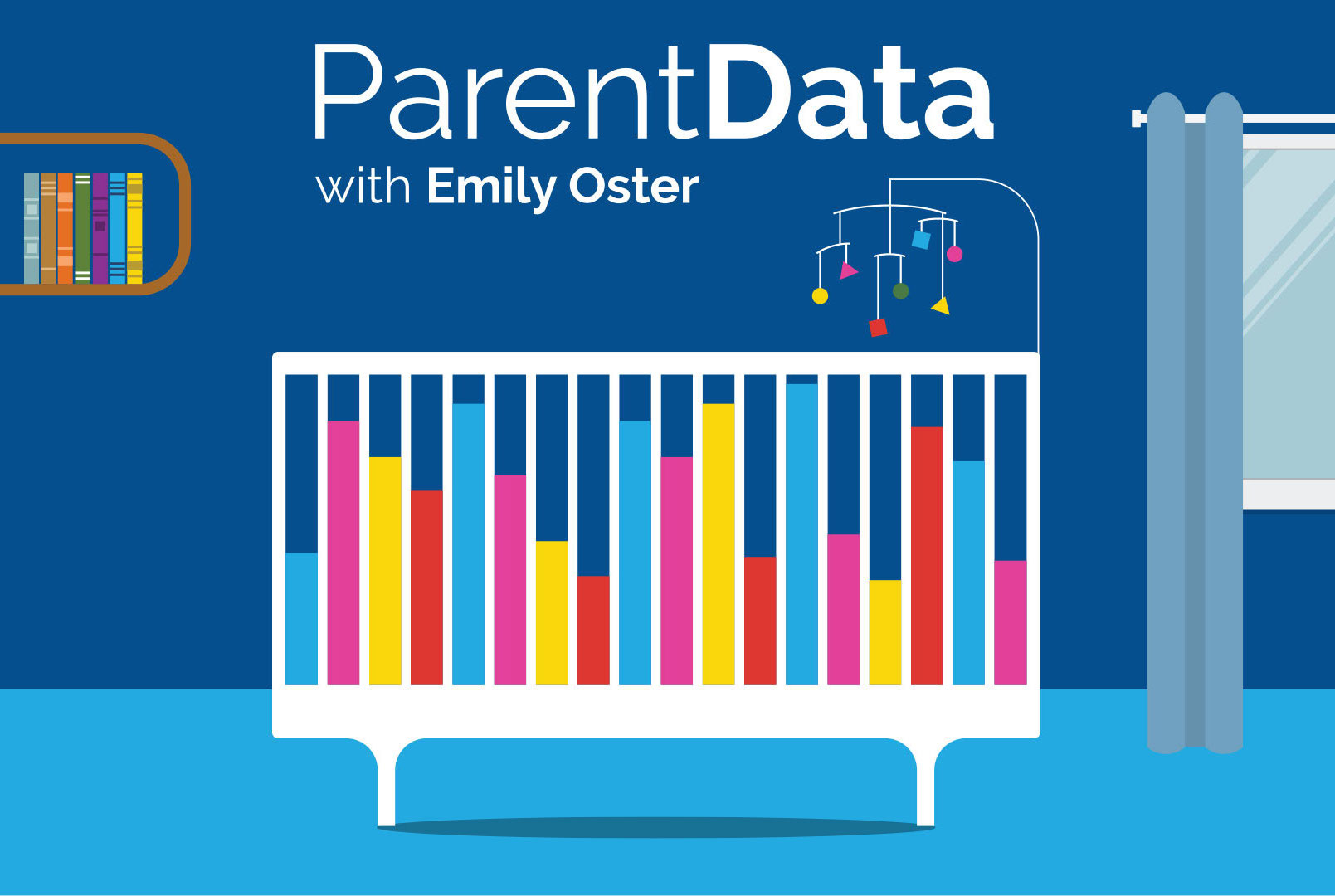Most people assume becoming a parent means setting boundaries with kids: yes, you do need to leave the bathroom while I’m pooping; no, you cannot have the last bite of my ice cream. But setting boundaries with adults is just as important — and about eight hundred times as hard.
With kids, your age and parental status (on occasion) offer authority. Not so with other adults, making it critical to have effective tools at your disposal. As a clinical psychologist specializing in the science and art of relationships, I often help couples and families use ideas from social science and the therapy room to set boundaries with the unruly adults in their lives.

Recently, Kai, a 42-year-old mother of two kids under the age of 3, reached out for advice with a painful situation. Kai described a supportive partnership, a thriving career, and caring deeply about her family, her employees (including caregivers), and her mother-in-law, who is a regular part of their family life. But she had recently discovered from her nanny that her mother-in-law had been saying nasty things behind her back. The mother-in-law had regularly and harshly derogated how Kai parented, cleaned her house, and showed up as a partner. The mother-in-law had urged the nanny to “take advantage” of the fact that Kai was too busy to take care of her own children.
Kai admitted, “The easy answer is to throw up a hard boundary and let her freeze in familial Antarctica.” Setting boundaries is often complicated, not simply because other people have hurt us, but also because the need to set boundaries arises at vulnerable times of life when the people who are supposed to be protecting you are the ones you need to protect yourself from.
Common situations that find us needing to set boundaries include:
- The first exhausting days in the hospital or home with a newborn when visitors want to come meet the baby
- In the aftermath of unsolicited advice
- With a co-parent whose behavior makes more work for us, rather than being helpful
- With a caregiver who doesn’t see how their behavior may be unsafe
Although there is no one-size-fits-all solution for setting boundaries in complicated situations, principles from psychology offer helpful and flexible guidance.
Practices for pain management
It’s painful to be in a situation where you need to set boundaries. One distinct pain point involves the belief that you “shouldn’t have to” set a boundary in the first place — that adults should know right from wrong, appropriate from inappropriate. True as this may be, cognitive therapists explain that “should” statements get us locked in an unwinnable battle with reality. Rather than fight that unwinnable battle, psychologists recommend turning toward practices of self-compassion.
Self-compassion may seem like a meager response to what feels like major injustice, but research shows that it fosters better coping, optimism, and effective engagement in various life roles, including parenting and other close relationships.
Self-compassion consists of three distinct practices:
- Self-kindness. This is a practice of extending kindness toward yourself, just as you would for someone else you loved dearly who was going through something similar.
- Common humanity. This helps you feel less alone in the pain by recognizing what a universal experience it is. Practically speaking, this can look like reaching out to friends who “get it” or joining discussions in parenting groups with people who have comparable challenges.
- Bringing nonjudgmental attention to your pain. That might sound corny, but studies show that it improves our ability to tolerate and figure out what to do in the face of pain. Nonjudgmental awareness helps you recognize and accept what can’t be so that you can make space for what can.
Get clear on your values
A boundary-trampling person can be so emotionally activating or draining that you get off track from behaving in line with your better self — or even remembering what’s most important to you in the first place. Clarifying your values, a practice drawn from a scientifically backed treatment called acceptance and commitment therapy (ACT), helps keep you on track to set boundaries that protect what matters most.
I’m a huge fan of advice from Lindsay Gibson, a therapist and best-selling author of Adult Children of Emotionally Immature Parents, on dealing with difficult people in close relationships. Gibson emphasizes that we can’t control how other people behave or respond, or whether they are willing or able to understand. She advises focusing on what you can control, like knowing how you want to show up when the going gets hard.
Values are a way to get clear on something you can control — that is, being the kind of person you want to be in the various contexts of your life, including in relationships with people who disregard or disrespect you.
To clarify your values, try the following exercise from the therapy room. Imagine yourself in 10 years and that your difficult relationship has recovered from the boundary-trampling. Take a few minutes and imagine your future self looking back on this phase of life, asking:
- What was I proud of having stood for in that difficult patch?
- What model am I glad I offered my kids, given that they too will eventually have difficult relationships?
As Kai went through this exercise, she identified values that seemed in conflict: involving extended family in the kids’ lives and fostering an emotionally safe home. As Marianne Lewis, a professor at the University of Cincinnati, explains in her book Both/And Thinking, we often get trapped in either/or thinking that locks us in a zero-sum game. Shifting into both/and thinking can help us identify values that are more creative and comprehensive. We can make this shift by asking, “What might the balance between protecting my family and cultivating connection look like, and how can I manifest that?” rather than “Which value do I prioritize?”
“What” and “how” are helpful words for prompting both/and thinking.
Find support
Support in navigating difficult relationships, whether emotional or strategic, can be invaluable. There are two different kinds of support you might seek out: (1) people who are “on your side” and (2) neutral people.
Although most of us default to seeking support from people who are on our side, studies show that validating listeners can cause us to get more, not less, stuck. A neutral person who sees good in you and the other person can more helpfully encourage setting boundaries that work for both sides.
As a 2013 study showed, even imagining a neutral third party can help protect relationships when people don’t see eye to eye. In this study, married participants were told to think about disagreements from “the perspective of a neutral third party who wants the best for all involved; a person who sees things from a neutral point of view” and to bring that third-party perspective to mind during moments of conflict in the months that followed. This simple 21-minute intervention provided significant protective effects through the yearlong study follow-up. Real or imagined, support from perspectives that see and want the best for all involved can help.
The benefits of the doubt
It may seem counterintuitive, but setting boundaries tends to go more smoothly when we offer the benefit of the doubt to the other person. This flies in the face of what we want to do, particularly if we feel hurt or angry. But staying positive isn’t for the other person’s benefit — it’s for ours. Actively seeing good in others can motivate them to behave better, a classic “Pygmalion effect” that shows up in classrooms, workplaces, and close relationships. And benefit of the doubt fosters connection, which ultimately gives you more leverage.
A trick to this approach that helps you stay authentic involves separating people’s misbehavior from their core character. For instance, behavior can come across as insensitive (or downright harmful), even though it doesn’t reflect core positive attributes or fundamental care for you and your kids.
It helps, too, to remember that benefit of the doubt for others helps pave the way to boundaries that work better for you.
Set boundaries like a negotiator
Hostage negotiators are tasked with persuading people in extremely high-stakes situations. And a powerful strategy they use involves giving the other person some control — or at the least the illusion of control.
This may seem counterintuitive. Shouldn’t we be inflexible with boundary-trampling people? Nope. Inflexibility wakes up inner 2-year-olds, due to psychological reactance, a phenomenon describing why being more forceful with others leads to their greater resistance. (A hilariously titled article reviews the research: “A 50-year review of psychological reactance theory: Do not read this article.”)
Rather than being forceful, consider inviting the other person to collaborate. Hostage negotiators operationalize this using an approach called calibrated questioning, which has you invite the other person to help identify a solution that addresses both sets of desires. Just like both/and thinking, calibrated questions assume you can arrive at a boundary that works for both parties, and that the other person can help you get there. For instance, Kai might say, “Given that you’ve expressed unhappiness about me to the nanny, how do you want to build our family relationship going forward?”
Moving forward
When I initially suggested to Kai that her mother-in-law’s behavior might be more about feeling threatened than genuine dislike, she responded, “Okay, good point, but what the hell do I do about that?”
After hearing some of the suggestions above, Kai worked to clarify her values, landing on setting a positive tone and remaining curious as to what positive things could unfold for her relationship with her mother-in-law. She also realized that she could use this rough patch to teach her kids various lessons, like not personalizing other people’s behavior, seeing stories from many angles, and recognizing that people who have been harmed do not need to harm others in order to heal.
When it came to interacting with her mother-in-law, Kai and her husband initiated a boundary-setting conversation that began with expressing love and appreciation. Then they shared that the nanny had requested more limited contact and asked the mother-in-law what she thought about moving to pre-planned instead of spontaneous visits with the kids.
The ultimate lesson in boundary-setting, Kai told me, was that it wasn’t about getting her mother-in-law to abide by new rules after all. Instead, it was about accessing good support from her partner and clarifying values that would allow her to show up as the best version of herself, given the circumstances.
Community Guidelines





















Log in